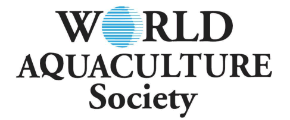ECONOMIC ANALYSES OF LAND BASED FARMING OF SALMON
Salmon farming has been one of the fastest growing industries in Norway for more than three decades. Nevertheless, in recent years the environmental sustainability of the industry has been questioned. This is mainly due to two reasons. First, the incidence of sea lice has increased tremendously, causing diseases and very high treatment costs. Second, escaped salmon mix with wild salmon with undesirable genetic effects. As a consequence of these problems, the government has decided that for the time being no further licenses for sea based salmon farming will be issued which will prevent the industry from further expansion.
This situation has led to increased interest for development of new technology and new ways of growth for a promising industry. This paper presents economic analyses of two modes of production that both represent potential ways for the industry to grow without new licences or an increase in maximum allowable biomass (MAB). They are 1) full land based production cycle and 2) post smolt production - extension of the land based production phase of salmon from normal release of 100 g smolts to a weight at release of up to one kg which will greatly reduce the length of the sea phase. In land based farms the fish are totally protected from the environment and there will be no releases from the farms. The technology is safe with respect to escapes, which means that increased use of the technology will protect wild salmon from genetic interference from farmed salmon. Land based farms are currently being developed in several countries including Norway, Denmark, Poland, Canada and the USA.
The project presents economic analyses of these two modes of production with comparisons with traditional land based farming. If the new systems are competitive, there may also be development of salmon farms closer to main consumer markets than what is the situation today.













